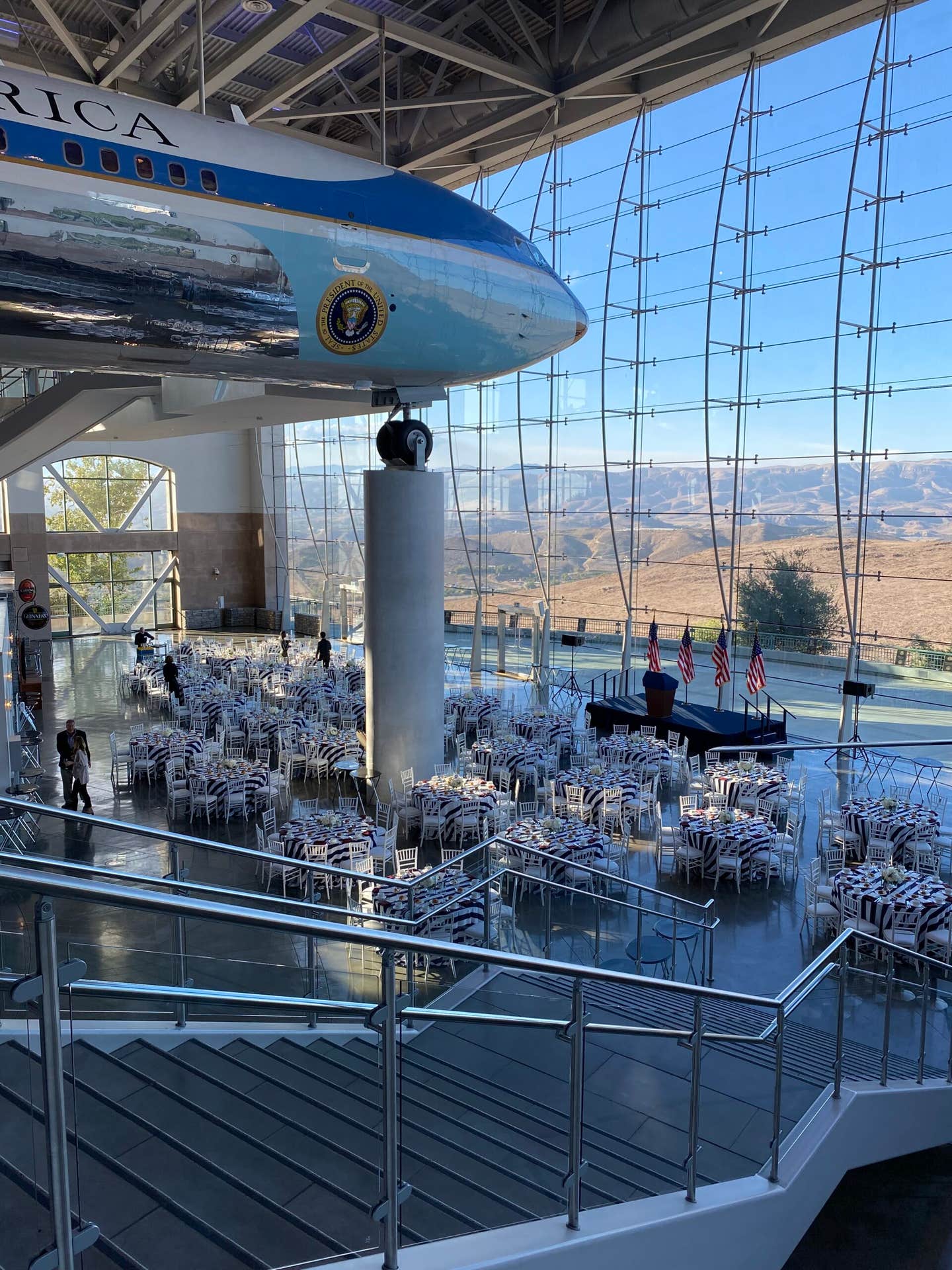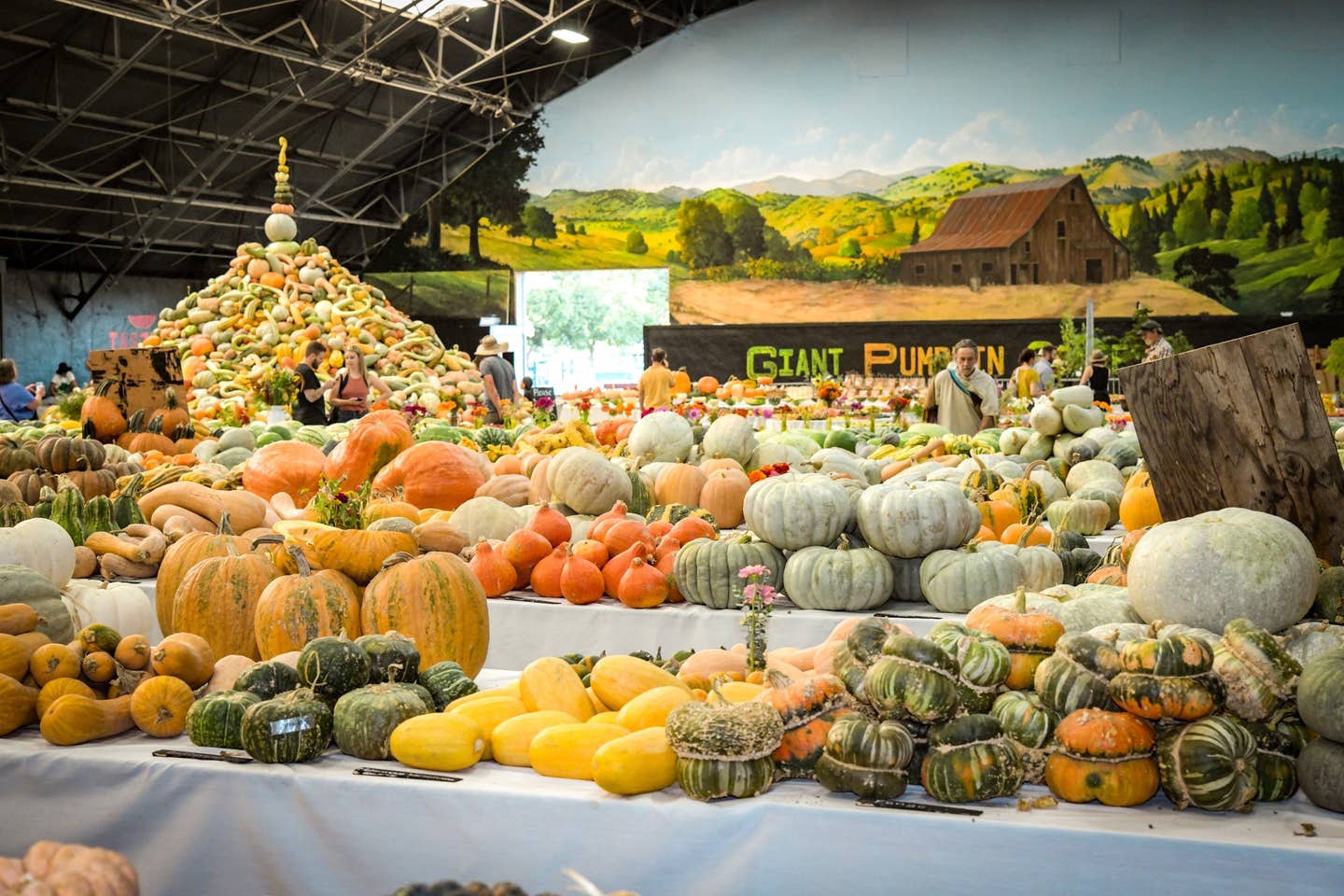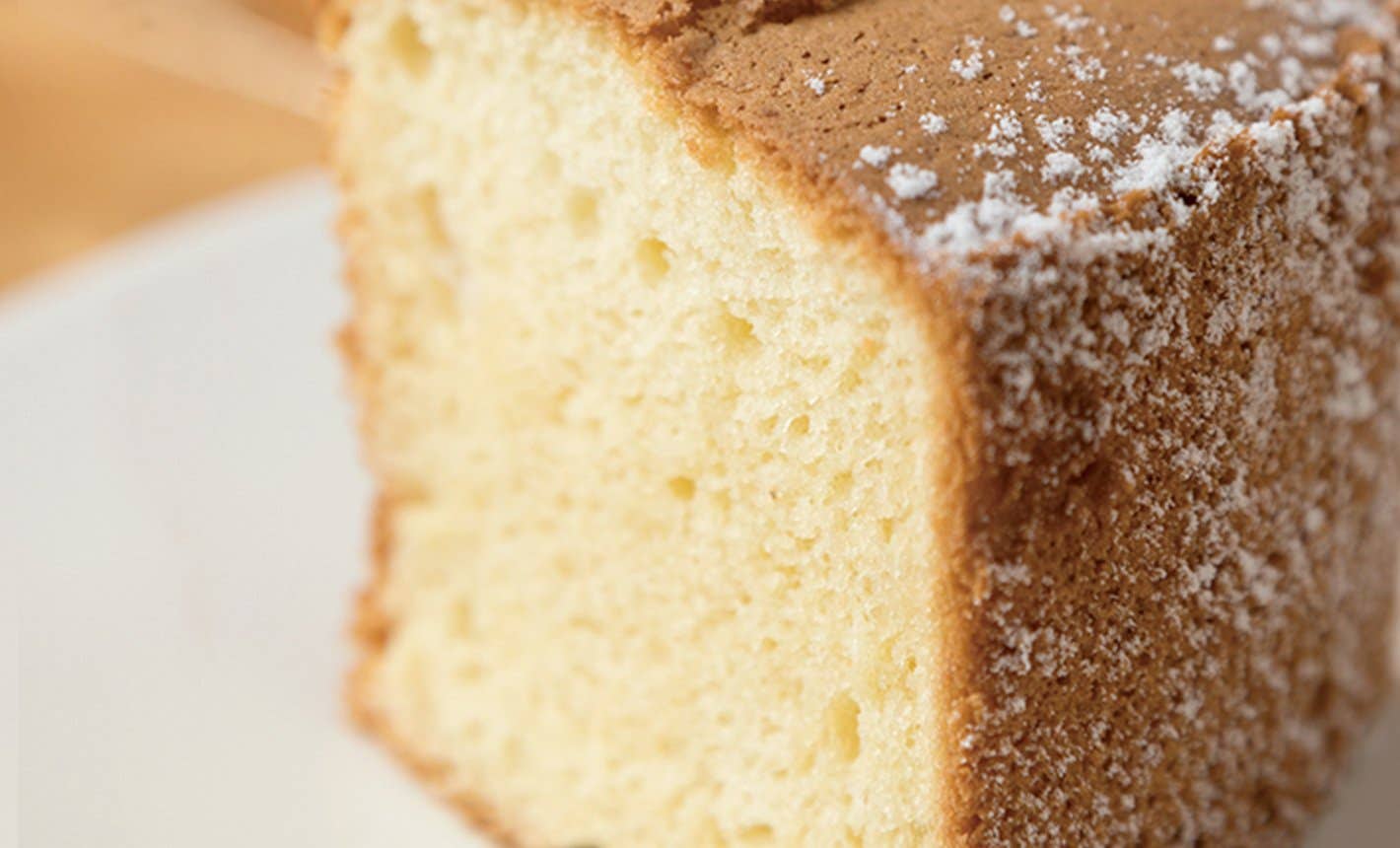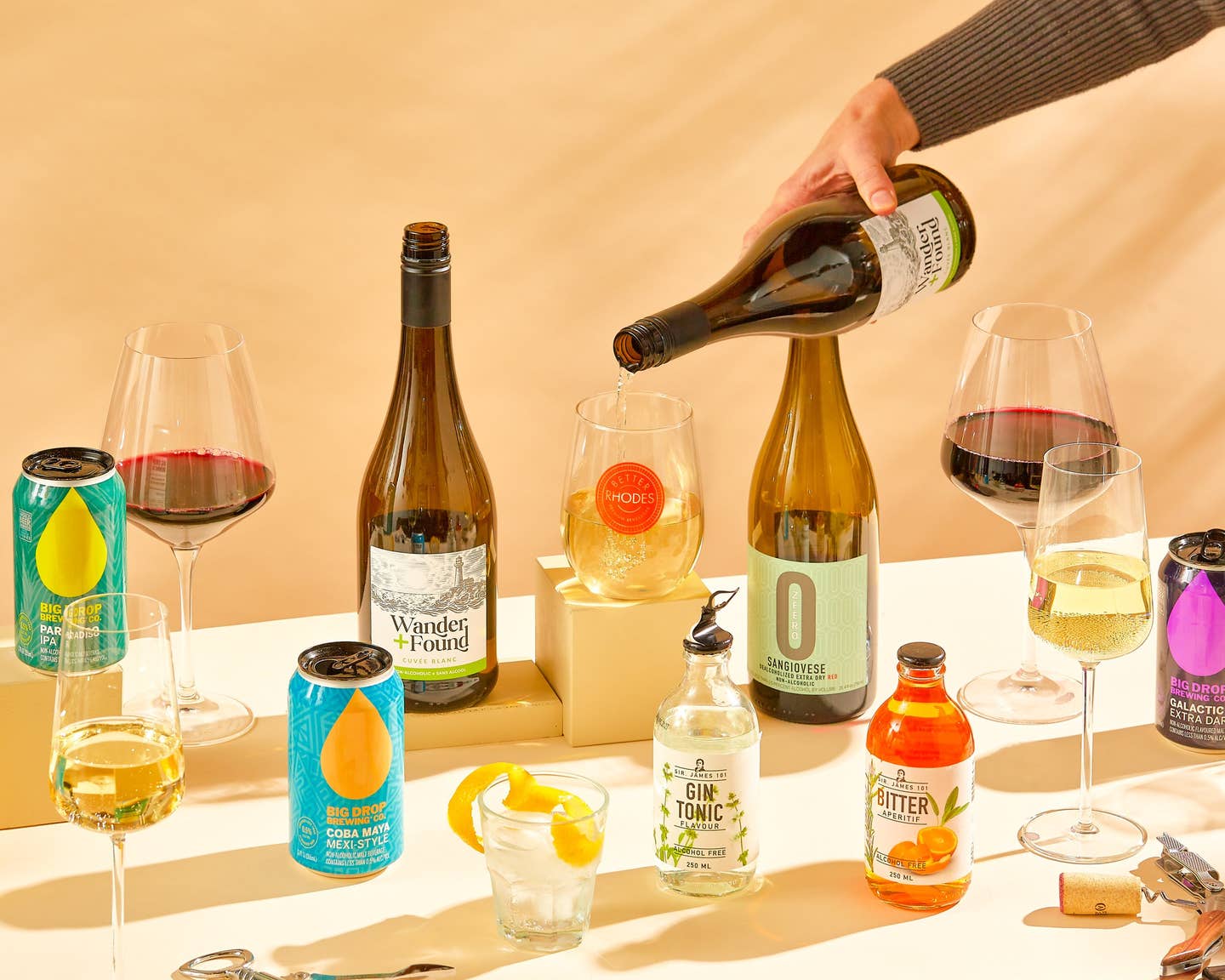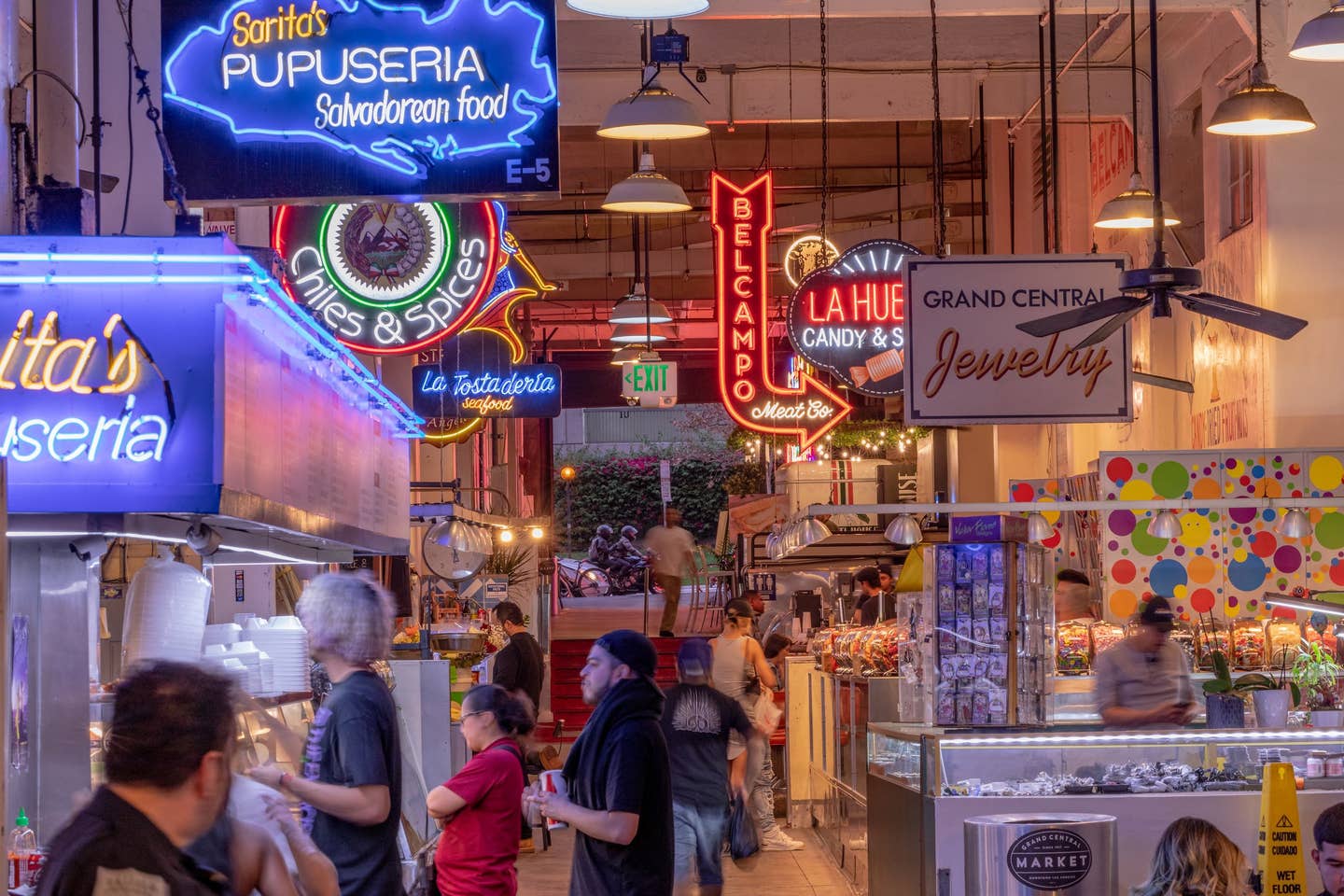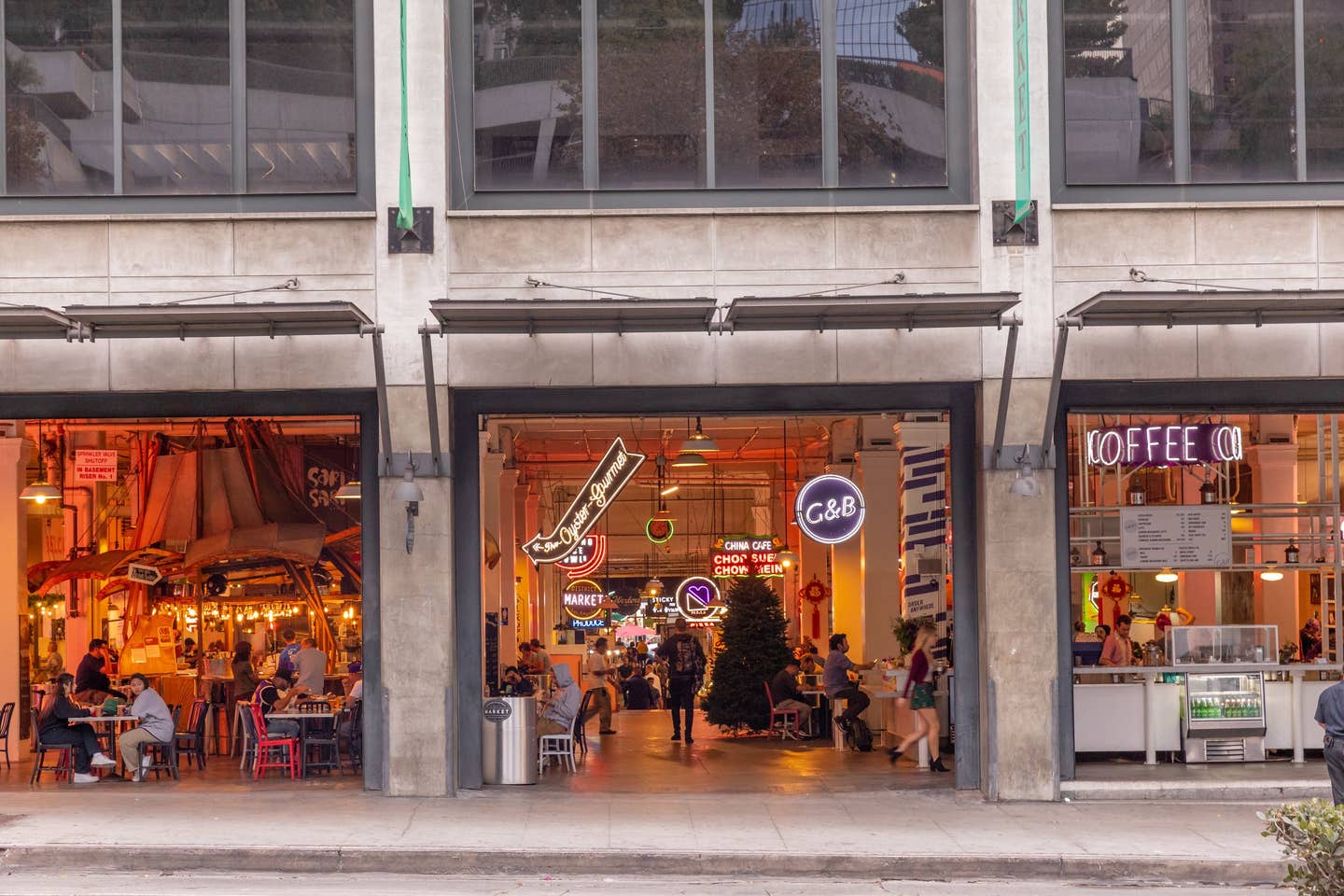How to Make a Tequila 101 with Spirits Whisperer Virginia Miller
If there’s anyone who knows about palate, it’s Virginia Miller. For fifteen years she’s been a dining, cocktail, spirits and drink writer and editor, as well as a professional spirits awards judge for umpteen global awards (as well as a dining, bars and cocktail judge). Edible LA first met her at a farm-to-table dinner in Stinson Beach, in the Bay Area, and we couldn’t stop comparing notes. We knew right away that Virginia was the ‘real’ thing, someone who knew a crazy amount about spirits and whiskeys and just about any kind of food. In the most recent chapter in her professional life (which includes being the W. North America Academy Chairperson for The World’s 50 Best Restaurants,) Virginia has had the kind of dreamboat experience the rest of us only fantasize about: she was the nose and palate — and for two years, the co-creator behind — a new tequila with an established global brand, Avion, part of one of the biggest spirit companies in the world, Pernod Ricard. What was that like? She says it all comes down to the palate. But what is a palate? Is it something we’re born with, or something we learn?
If there’s anyone who knows about palate, it’s Virginia Miller. For fifteen years she’s been a dining, cocktail, spirits and drink writer and editor, as well as a professional spirits awards judge for umpteen global awards (as well as a dining, bars and cocktail judge). Edible LA first met her at a farm-to-table dinner in Stinson Beach, in the Bay Area, and we couldn’t stop comparing notes. We knew right away that Virginia was the ‘real’ thing, someone who knew a crazy amount about spirits and whiskeys and just about any kind of food. In the most recent chapter in her professional life (which includes being the W. North America Academy Chairperson for The World’s 50 Best Restaurants,) Virginia has had the kind of dreamboat experience the rest of us only fantasize about: she was the nose and palate — and for two years, the co-creator behind — a new tequila with an established global brand, Avion, part of one of the biggest spirit companies in the world, Pernod Ricard. What was that like? She says it all comes down to the palate. But what is a palate? Is it something we’re born with, or something we learn?
Virginia: Funny you ask. Back in my days as Zagat SF editor, I wrote a national article, trying to find a more scientific basis for the belief that taste is learned, not subjective, and can be taught, changed, evolved. I asked the great Bay Area writer and food scientist, Harold McGee, if we’re born with differing palate tendencies. He said to me, “It's absolutely true that flavor perception and flavor preferences are malleable and change with experience and with association to other aspects of experience. We aren't born knowing what's edible or delicious, apart from mother's milk.”
So think about that: the only inherent “taste” is mother’s milk… all else is learned. This has been true in my constant mission to convert myself to all foods, including the long list I hated growing up. It has been equally true in my drink knowledge the last 20 years. Converting and “training” my palate by tasting things until I understand — even love — them is one of my key values.
ELA: But how do you train such a wild and immutable thing? Any tips for palate-wrangling?
V: Well, you could call my path obsession, but I have developed muy palate at over 12,000 restaurants and eateries all over the globe, tasting at even more bars, visiting hundreds of distilleries, wineries and breweries, and attending (or leading) countless tastings and industry events. I have to say, though, side-by-side is one of the best ways to hone nose and taste, to pick out distinctions. So is sheer volume. Taste one variety of wine or one dish hundreds of times, and you’ll learn its essence, its common characteristics and variations.
ELA: We’ve always been fascinated by spirit judging competitions. How do they work? How do you not get drunk?
V: It can be challenging! Sometimes I taste 100 or more spirits in a day, blind and side-by-side. Blind accelerates your sense of smell as one relies on the nose (an equal partner to taste) and tongue to pick out nuances, flaws, strengths.
ELA: And we understand you just had a new adventure, creating from scratch a tequila? What was that like?
V: I have to say, more than anything, geeky passion led me to the Highlands of Tequila. Pernod Ricard owns dozens of drink brands globally, and is known the world over, from Jameson to Beefeater. In Mexico, Pernod’s House of Tequila includes the legendary Del Maguey mezcal line and all tequilas distilled at Avión distillery, which distills Altos, Olmeca and Avión tequilas in Arandas in the state of Jalisco. Years back, I worked with House of Tequila on a short- term consulting project. It eventually led to my role as Avión Cristalino's co-creator/liquid design partner, a lifetime dream of mine.
ELA: What goes into creating a tequila from scratch?
V: I worked with Avion’s devoted, talented mostly Mexico-city-based team on ideation to develop the Cristalino. This kind of work requires someone they call a director of innovation (Antonio de la Rocha), as well as a sommelier and spirits expert (Carlos Andres Ramirez), as well as marketing gurus like Daniela Via and Xavier Zamudio. And that was only the first phase. Later, in Mexico, I worked with a distillery team whose palates (and passion for tequila) meshed beautifully with mine as we honed over 80 versions of liquids in the lab.
ELA: We don’t have a clear idea of what Cristalino is. Can you explain?
V: It’s a category that has increasingly grown in popularity since Don Julio 70 Añejo Claro Tequila came out in 2011. Cristiano is hugely popular in Mexico and is increasingly becoming more so in the US. While definitions of the growing category are loose and still not widely understood, it tends to be aged tequila that is charcoal-filtered so as to remove the color (from oak/aging), resulting in crystal clear tequila that looks and drinks like a blanco but retains the complexity of a reposado or anejo.
In the case of Avión Reserva Cristalino, it's not only double-charcoal-filtered anejo (anejo must be aged 11 months to three years), but we added Avión's extra anejo (aged three or more years), for even greater complexity and smoothness. Distilled from hand-selected Blue Weber agave grown at the highest elevations of the Highlands in Jesus Maria, Jalisco, Avión is produced by fifth generation growers. As part of Avión’s Reserva range, we wanted a Cristalino that is elegant yet youthful, silky yet complex, all-day drinking sibling to Reserva 44’s darker, lusher, sweeter nighttime tones.
As a spirits expert, I did not gravitate towards what was already out there in the Cristalino category, so I came on board a healthy skeptic. I typically love blancos, believing tequila to be about the agave, a hard-won plant that takes years to grow, often a decade or more, which should be treated with the respect barrel aging is. While I adore many a reposado and anejo, tequilas I value most let the agave shine, not overpowered by oak. So I first asked the question: what is the Cristalino I would want to drink? Because it didn’t yet exist.
The process began with months of ideation. From experimental to crowd-pleasing, I crafted multiple flavor profile concepts, noting nose and palate, how it would be experienced by expert to novice, bartender or agave geek, in cocktails or neat. As part of Avión’s Reserva line, it was also to be high-end sipping tequila, requiring more complicated needs for a quality, refined product. They allowed me the freedom to present all my ideas. We spent months hashing them out before narrowing down on our top two profiles.
Then in late 2020, I started flying down to Mexico every few weeks to the distillery to create these profiles with the distillery team. Working from our chosen two concepts meant active blending, constant tasting (and spitting), reminiscent of spirits judging but actively fine-tuning and adjusting. It was version 19 that we ultimately loved the most.
ELA: Version 19, I love that. Like Love Potion Number Nine.
V: True, there can be magic in a number. In this case, even as we continued to hone and re-create, I just kept going back to number 19. We had a couple other versions we loved, too, and those made the final run to go out to blind test markets for feedback.
I wanted to make sure we showcased the agave first, letting its fresh, vegetal nature shine alongside layers from the wood/oak. In keeping with the charcoal-filtered expectations of Cristalino as a category, I also chased “silky smoothness,” which isn’t the easiest goal if you want to preserve complexity.
I constantly took time to taste everything produced at the distillery for congruency in the family of tequilas, but also to taste other brands’ Cristalinos. I didn’t come to this as a fan of the category, so I knew what I hoped would be different about this one, but also had to continue to see if we were on track.
In the end, we upped the intricacy by adding extra anejo in the blend, and settled on a final flight of Cristalinos to go out for evaluation, including blind testing across U.S. markets. People liked it. A lot. Particularly one profile. Many meetings (and months) later, it went into production, launching February 2022.
ELA: That must have been a cool feeling. Any last thoughts on tequila in general?
V: From mezcal to raicilla, agave is and endless, beautiful rabbit hole I want to continue to go down. Mexico is one of a kind — from its incredibly hard-working, hospitable people to its unparalleled foods and culture. Walking through agave fields or smelling a distillery’s fresh-roasting piñas, which are the hearts of the agave plant, sums up the magic of not just the region and category, but of Mexico itself. When I sip tequila — as I do with spirits, foods, wine and drinks in general — I taste, smell and feel a sense of place, of people, of story. And I am honored, in my own small way, to be a part of the story of this tequila.
